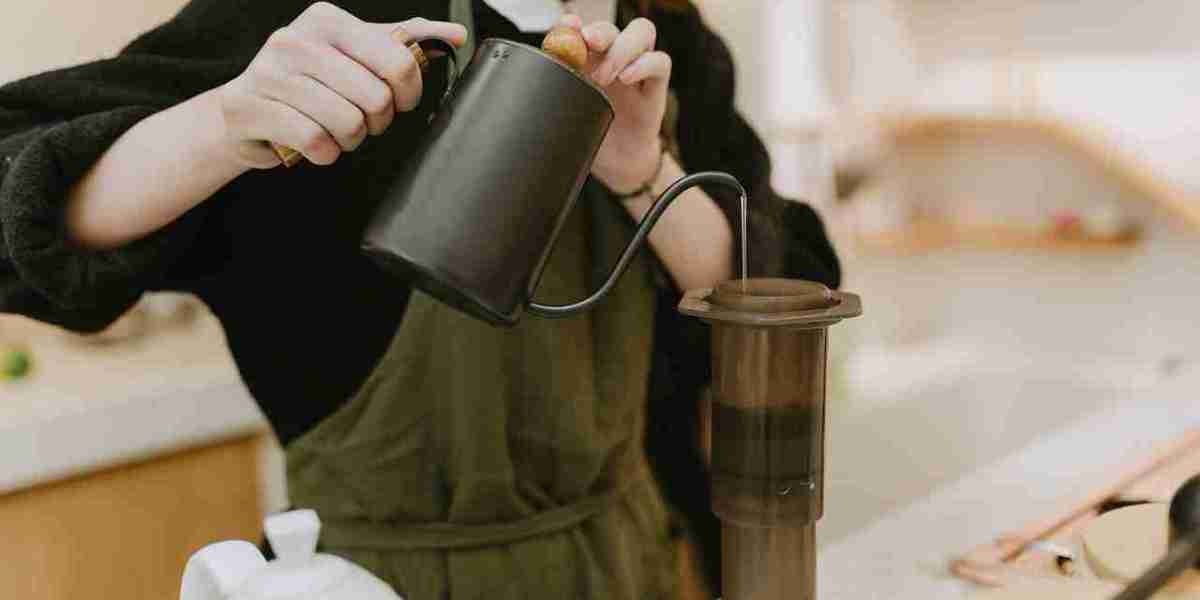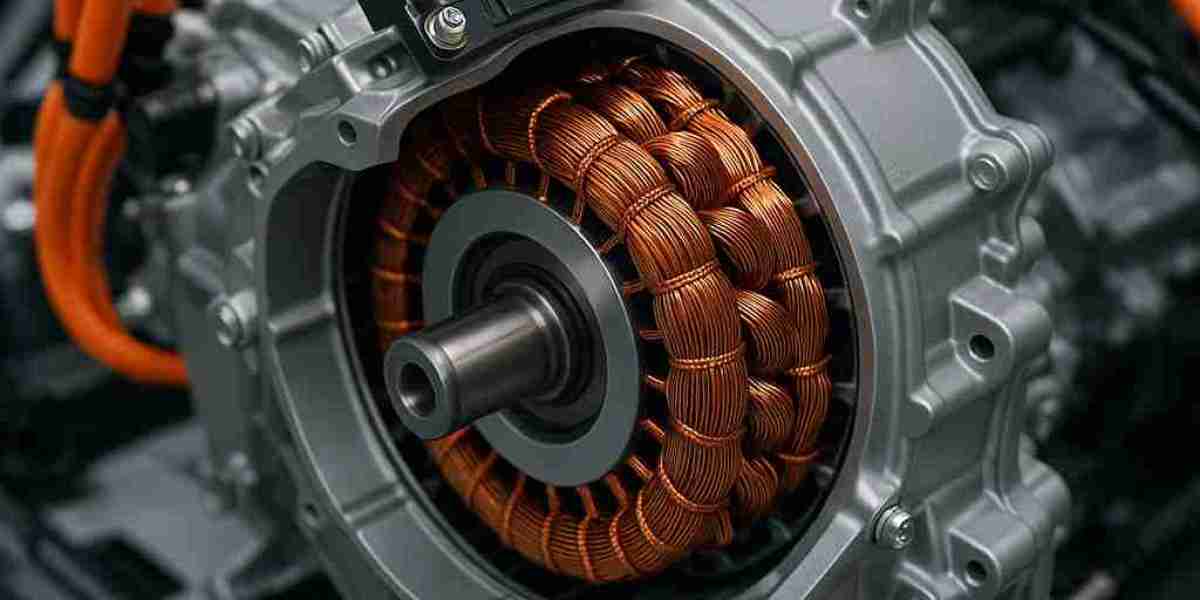A leather bar apron is more than just a stylish accessory behind the bar. It’s a functional, durable, and timeless piece crafted with skill and precision. These aprons not only protect bartenders and baristas during long shifts, but they also add a sense of professionalism and rugged charm. What makes a handcrafted leather bar apron special is the journey it takes from raw material to finished product—a process that reflects tradition, artistry, and a commitment to quality. Let’s take a look at how these leather aprons are made, step by step.
Choosing the Right Leather Hide
The foundation of any good leather bar apron is the leather itself. Skilled artisans begin by selecting high-quality hides, typically opting for full-grain or top-grain cowhide due to its strength, durability, and beautiful texture. Full-grain leather is preferred because it retains the natural markings and grain of the hide, which enhances the apron’s appearance over time as it develops a rich patina. Top-grain leather, while slightly more processed, is also a popular choice for its smooth surface and consistent finish. The hide is thoroughly inspected to ensure it is free from deep scars, holes, or other imperfections that would compromise the quality or longevity of the finished product.
Cutting the Leather to Shape
Once the hide has been chosen and inspected, the next stage in the creation of a leather bar apron involves cutting. This step requires both precision and experience, as the leather must be cut to match the exact pattern of the apron. Artisans typically use custom stencils or digital templates to mark the outlines of the apron and its components, including the main body, straps, and any pockets. Using specialized cutting tools, the leather is carefully sliced to shape. A steady hand and an eye for detail are crucial, as any miscut can lead to waste or asymmetry in the final piece.
Edge Finishing and Burnishing
After the leather is cut, attention turns to the edges. Raw leather edges can be rough and prone to fraying, so artisans burnish them to create a smooth, finished look. Burnishing involves moistening the edges slightly, then rubbing them with a burnishing tool to compress and seal the fibers. Some makers also apply beeswax or edge paint for added protection and a polished appearance. This step not only enhances the aesthetic of the leather bar apron but also improves its durability and comfort during use.
Punching and Stitching
With the leather pieces cut and edges finished, the apron is ready to be assembled. This involves punching small holes into the leather where stitching will occur. These holes ensure that the stitches are even and strong. Artisans then use either hand-stitching or machine-stitching techniques to sew the pieces together. Hand-stitching, especially the saddle stitch method, is often preferred for its strength and traditional craftsmanship. It involves threading needles through each hole from both sides, creating a durable seam that’s unlikely to unravel. This part of the process is labor-intensive but essential for creating a leather bar apron that can withstand daily use and maintain its structure over time.
Adding Straps and Hardware
Straps are a critical component of the leather bar apron, providing the fit and support needed for comfort during long shifts. The straps are usually made from the same leather as the apron body to maintain consistency in look and feel. Cross-back or neck-strap designs are common, depending on the wearer’s preference. Adjustable buckles, D-rings, snaps, or other metal hardware are added to allow for custom fitting. Each piece of hardware is carefully chosen not only for its functionality but also for its aesthetic contribution to the overall design. Metals like brass or stainless steel are commonly used because they age well and match the rugged appeal of leather.
Conditioning and Finishing the Leather
Before the apron is ready to wear, it undergoes a final conditioning process. This involves applying natural oils or leather balms that nourish the leather, enhance its color, and offer a layer of protection against moisture and wear. Conditioning brings out the leather’s natural luster and makes it softer and more flexible. After applying the conditioner, the apron is buffed to a gentle sheen. This step is essential for ensuring that the leather bar apron not only looks beautiful when it arrives but also feels broken-in and ready for use.
Branding and Customization
Many makers of handcrafted leather bar aprons offer personalization options to make each apron unique to its owner. This could include embossing a name, adding a company logo, or choosing custom colors and finishes. Branding is usually done by heat embossing or laser engraving, both of which permanently etch the design into the leather’s surface. Customization gives the apron a personal touch and adds to its professional look, especially for bartenders or baristas who want to stand out behind the counter.
Quality Control and Final Inspection
Once the leather bar apron is fully assembled and finished, it undergoes a strict quality control process. Artisans check every stitch, edge, and component to ensure it meets high standards. They inspect for uniformity in color, smoothness of edges, and proper functionality of straps and hardware. Only aprons that pass this final inspection are considered ready for delivery. This level of scrutiny ensures that each apron not only meets but exceeds expectations for both form and function.
Packaging and Delivery
Finally, the apron is carefully packaged, often in eco-friendly wrapping or cloth bags that reflect the sustainable and artisanal values of the brand. Many companies also include care instructions to help customers maintain their apron’s quality over time. Proper packaging ensures that the leather bar apron reaches its new owner in perfect condition, ready to wear and impress.
Why Choose a Handcrafted Leather Bar Apron
The process of creating a handcrafted leather bar apron is one of dedication, skill, and passion. Unlike mass-produced aprons, handcrafted ones are made with meticulous care at every step. This results in a product that not only performs better but also tells a story. A handcrafted apron molds to your body, gains character as it ages, and often becomes more beautiful over time. For bartenders, baristas, or chefs, investing in a leather bar apron means choosing quality, style, and longevity.
Where to Buy Premium Leather Bar Aprons
If you’re looking for an authentic, handcrafted leather bar apron, visit Handmade Leather Apron. Our collection features premium aprons made from full-grain leather, stitched by hand with attention to detail and built to last for years. Whether you're a professional mixologist or simply passionate about your craft, our aprons are designed to match your dedication and elevate your presence behind the bar.
Final Thoughts
The journey of a handcrafted leather bar apron—from raw hide to finished product—is a celebration of traditional craftsmanship and modern design. Each apron carries with it the touch of the artisan and the strength of natural materials. When you wear one, you’re not just putting on a piece of protective gear; you’re wearing a story of artistry, quality, and character that reflects your passion for your work.




